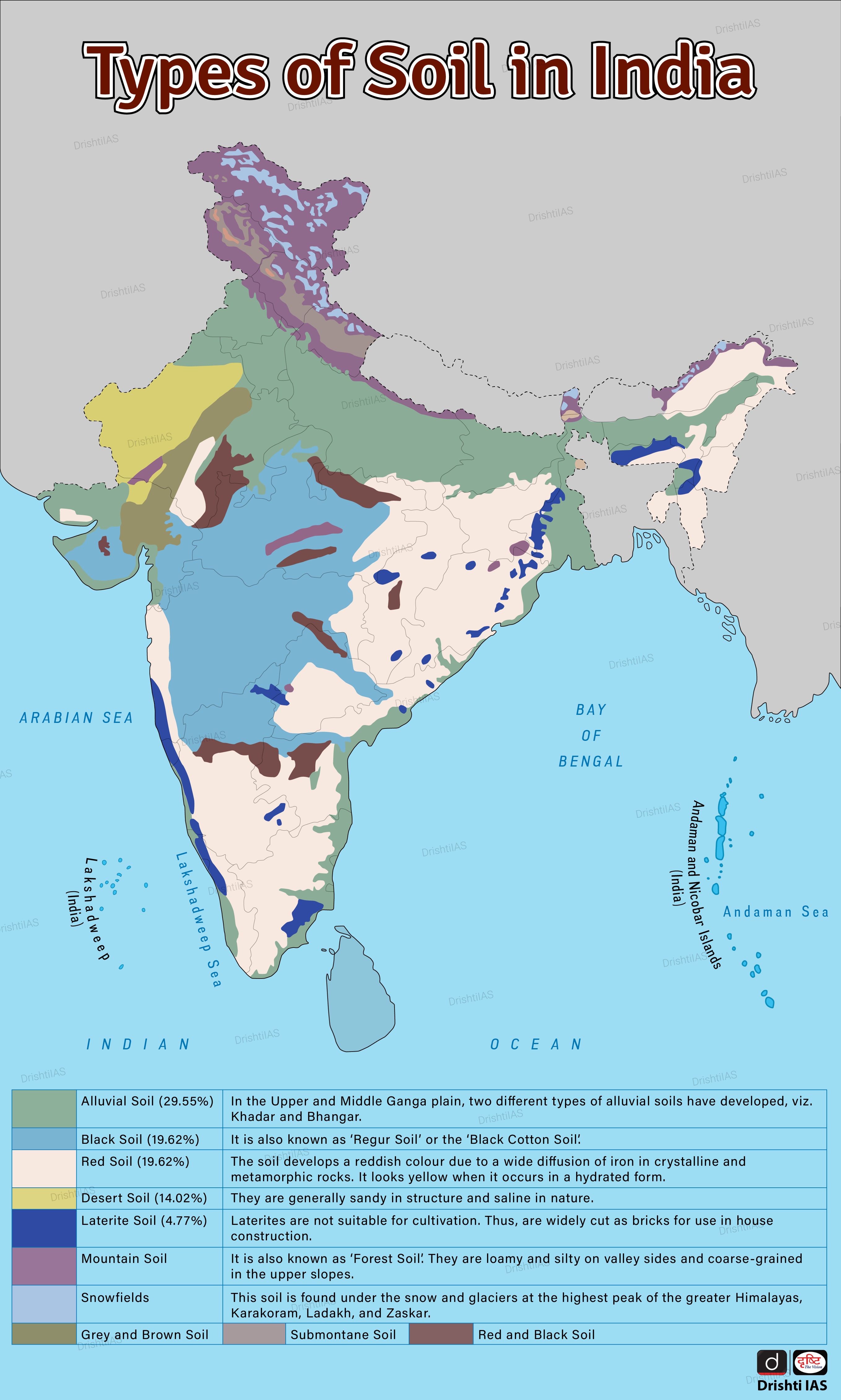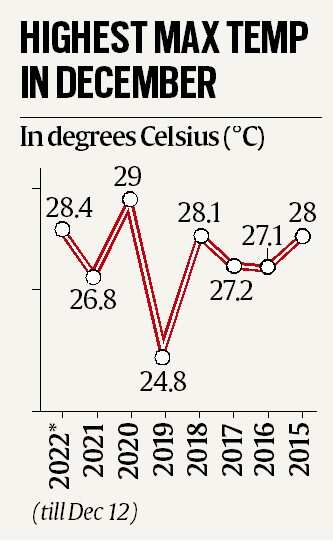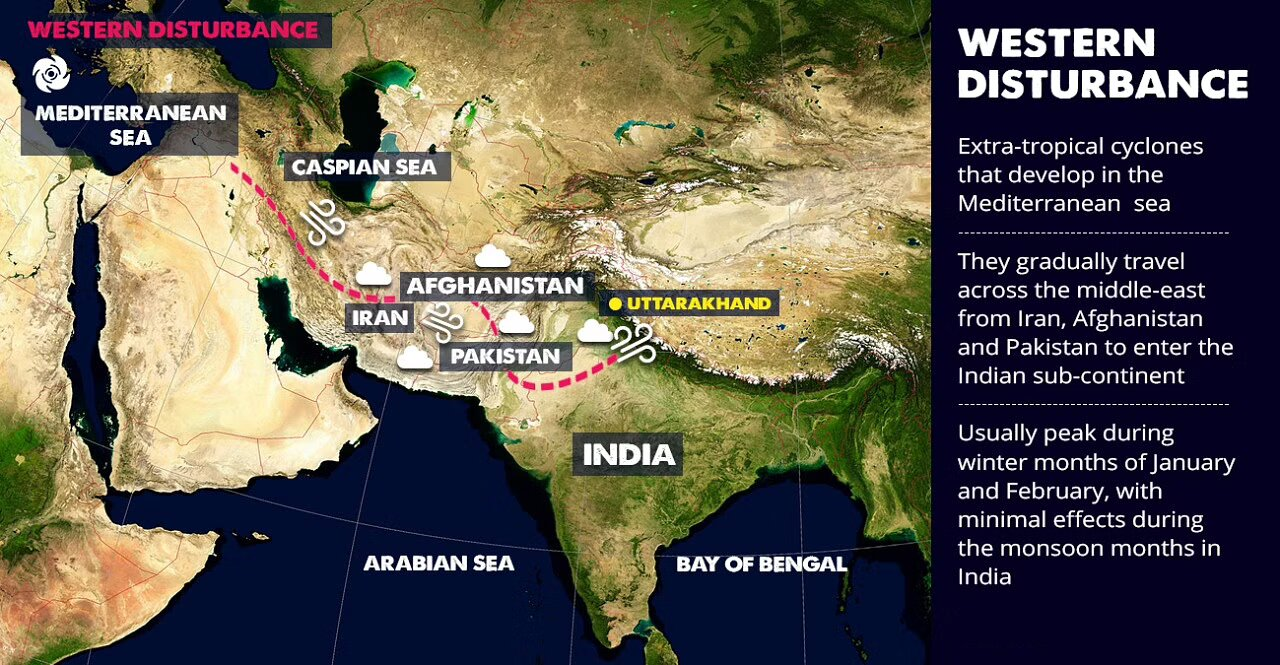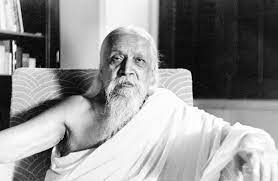Maps
Geography
Western Disturbances
For Prelims: Western Disturbances, Caspian Sea, Mediterranean Sea, India Meteorological Department, Flash Floods, landslides, Cold Wave
For Mains: Physical Geography, Western Disturbances and its Unusual Behavior
Why in News?
Recently, the daytime’s temperatures in Delhi were above normal in December 2022 because of fewer Western Disturbances (WD).
- In winter, WD brings rain and snow over the hills, and more moisture to the plains. The cloud cover results in higher minimum temperatures at night and lower day-time or maximum temperatures.
What are Western Disturbances?
- About:
- Western disturbances are storms that originate in the Caspian or Mediterranean Sea, and bring non-monsoonal rainfall to northwest India, according to the India Meteorological Department (IMD).
- A Western Disturbance, labelled as an extra-tropical storm originating in the Mediterranean, is an area of low pressure that brings sudden showers, snow and fog in northwest India.
- The disturbance travels from the “western” to the eastern direction.
- These travel eastwards on high-altitude westerly jet streams - massive ribbons of fast winds traversing the earth from west to east.
- They gradually travel across the middle-east from Iran, Afghanistan and Pakistan to enter the Indian sub-continent.
- Disturbance means an area of “disturbed” or reduced air pressure.
- Equilibrium exists in nature due to which the air in a region tries to normalise its pressure.
- Impact in India:
- A WD is associated with rainfall, snowfall and fog in northern India. It arrives with rain and snow in Pakistan and northern India.
- The moisture which WDs carry with them comes from the Mediterranean Sea and/or from the Atlantic Ocean.
- WD brings winter and pre-monsoon rain and is important for the development of the Rabi crop in the Northern subcontinent.
- The WDs are not always the harbingers of good weather. Sometimes WDs can cause extreme weather events like floods, flash floods, landslides, dust storms, hail storms and cold waves killing people, destroying infrastructure and impacting livelihoods.
- During the summer months of April and May, they move across North India and at times help in the activation of monsoon in certain parts of northwest India.
- During the monsoon season, western disturbances may occasionally cause dense clouding and heavy precipitation.
- Weak western disturbances are associated with crop failure and water problems across north India.
- Strong western disturbances can help residents, farmers and governments avoid many of the problems associated with water scarcity.
What have been the Recent Instances/Impact of WD?
- Excess rainfall was recorded in January and February 2022. In contrast, there was no rainfall in November 2021 and March 2022, and the summer saw an unusually early start with heat waves setting in at the end of March 2022.
- Multiple western disturbances that brought cloud cover had also kept the maximum temperature low in February 2022, when the lowest maximum temperature in 19 years was recorded.
- Active western disturbances eluded northwest India in March 2022, and absence of cloud cover and rain allowed temperatures to remain high.
- The frequency of western disturbances has increased, but not the precipitation associated with them, partly due to a warming atmosphere (Global Warming).
- In 2021, western disturbances brought rain to Delhi in the first week of December.
- Delhi is, however, likely to get colder with the maximum temperature likely to fall to around 24 degrees by December 15, 2022.

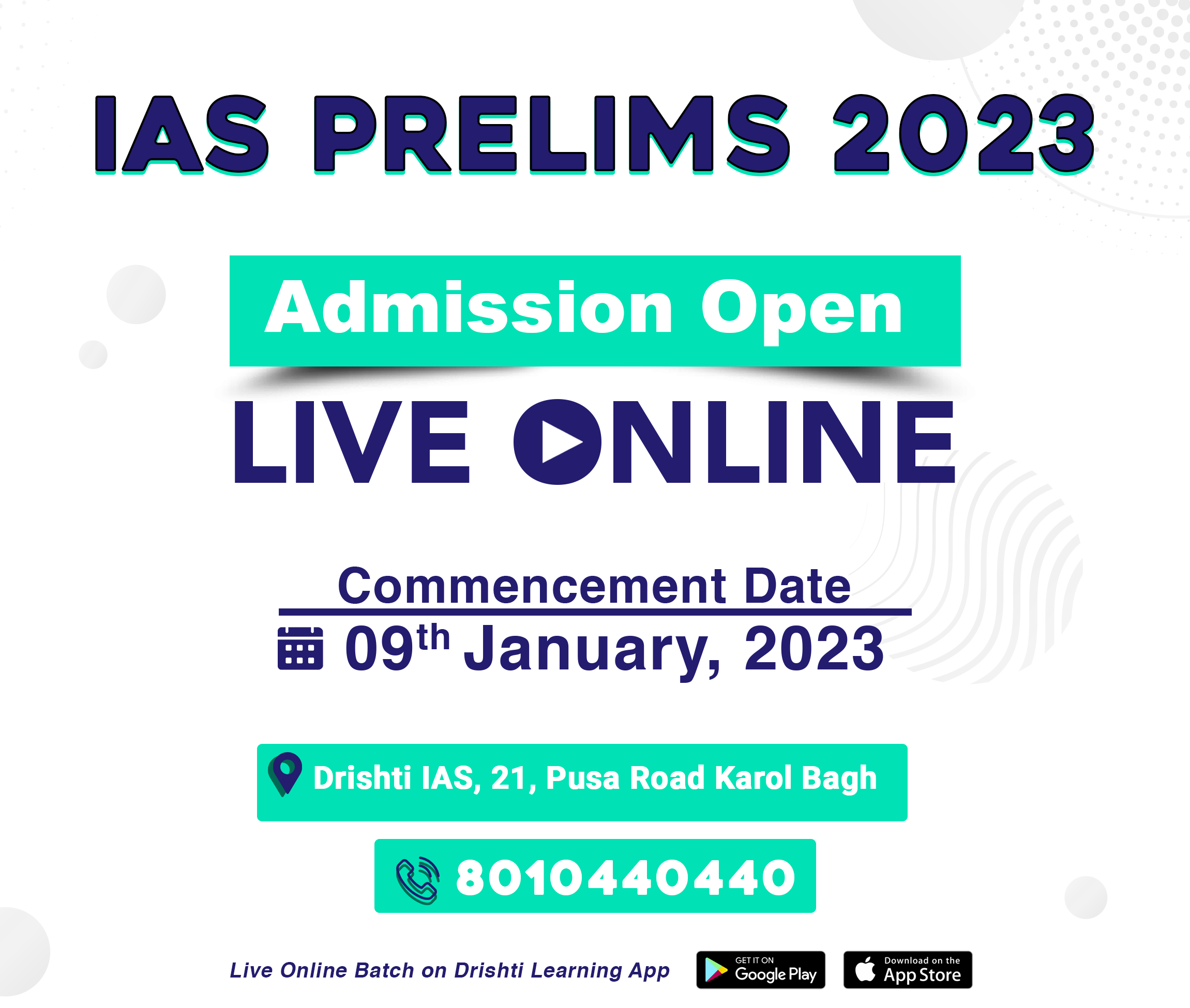
Indian History
Sri Aurobindo: Prophet of Indian Nationalism
For Prelims: Sri Aurobindo, Prophet of Indian Nationalism, Indian National Movement, Azadi Ka Amrit Mahotsav.
For Mains: Sri Aurobindo’s Contribution in Indian nationalism Movement.
Why in News?
Recently, the Indian Prime Minister has participated in a programme commemorating Sri Aurobindo’s 150th birth anniversary in Puducherry, under the aegis of Azadi ka Amrit Mahotsav.
- The PM has released a commemorative coin and postal stamp in honor of Sri Aurobindo.
Who Was Sri Aurobindo?
- About:
- Aurobindo Ghose was born in Calcutta on 15th August 1872. He was a yogi, seer, philosopher, poet, and Indian nationalist who propounded a philosophy of divine life on earth through spiritual evolution.
- Aurobindo’s pragmatic strategies to get rid of British rule marked him as “the Prophet of Indian Nationalism”.
- Education:
- His education began in a Christian convent school in Darjeeling.
- He entered the University of Cambridge, where he became proficient in two classical and several modern European languages.
- In 1892, he held various administrative posts in Baroda (Vadodara) and Calcutta (Kolkata).
- He began the study of Yoga and Indian languages, including classical Sanskrit.
- Indian Revolutionary Movement:
- From 1902 to 1910 he partook in the struggle to free India from the British.
- The partition of Bengal in 1905 provoked Aurobindo to leave his job in Baroda and plunge into the nationalist movement. He edited the patriotic journal Bande Mataram to propagate radical methods and revolutionary tactics instead of supplication.
- He was arrested thrice by the British — twice for sedition and once for conspiring to “wage war”.
- He was imprisoned in 1908 (Alipore Bomb case).
- Two years later he fled British India and found refuge in the French colony of Pondichéry (Puducherry), gave up overt political activities and embraced spiritual pursuits, soon to emerge as one of the most original thinkers, philosophers and spiritual masters.
- He met Mirra Alfassa in Pondicherry, and their spiritual collaboration led to “Integral Yoga”.
- Integral Yoga, is a yoga of Earth transformation. The aim of this yoga is not an escape from life or a shunning of worldly existence, but a radical change in our life even while living amidst it.
- Aurobindo’s Ideas on Second World War:
- Several Indians saw the Second World War as an opportune moment to get rid of colonial occupation; Aurobindo asked his compatriots to support the Allies and ensure Hitler’s defeat.
- Spirituality:
- In Pondichéry he founded a community of spiritual seekers, which took shape as the Sri Aurobindo Ashram in 1926.
- He believed that the basic principles of matter, life, and mind would be succeeded through terrestrial evolution by the principle of supermind as an intermediate power between the two spheres of the infinite and the finite.
- Literary Works:
- An English newspaper called Bande Mataram (in 1905)
- Bases of Yoga
- Bhagavad Gita and Its Message
- The Future Evolution of Man
- Rebirth and Karma
- Savitri: A Legend and a Symbol
- Hour of God
- Death: He died on 5th December 1950 in Pondicherry.

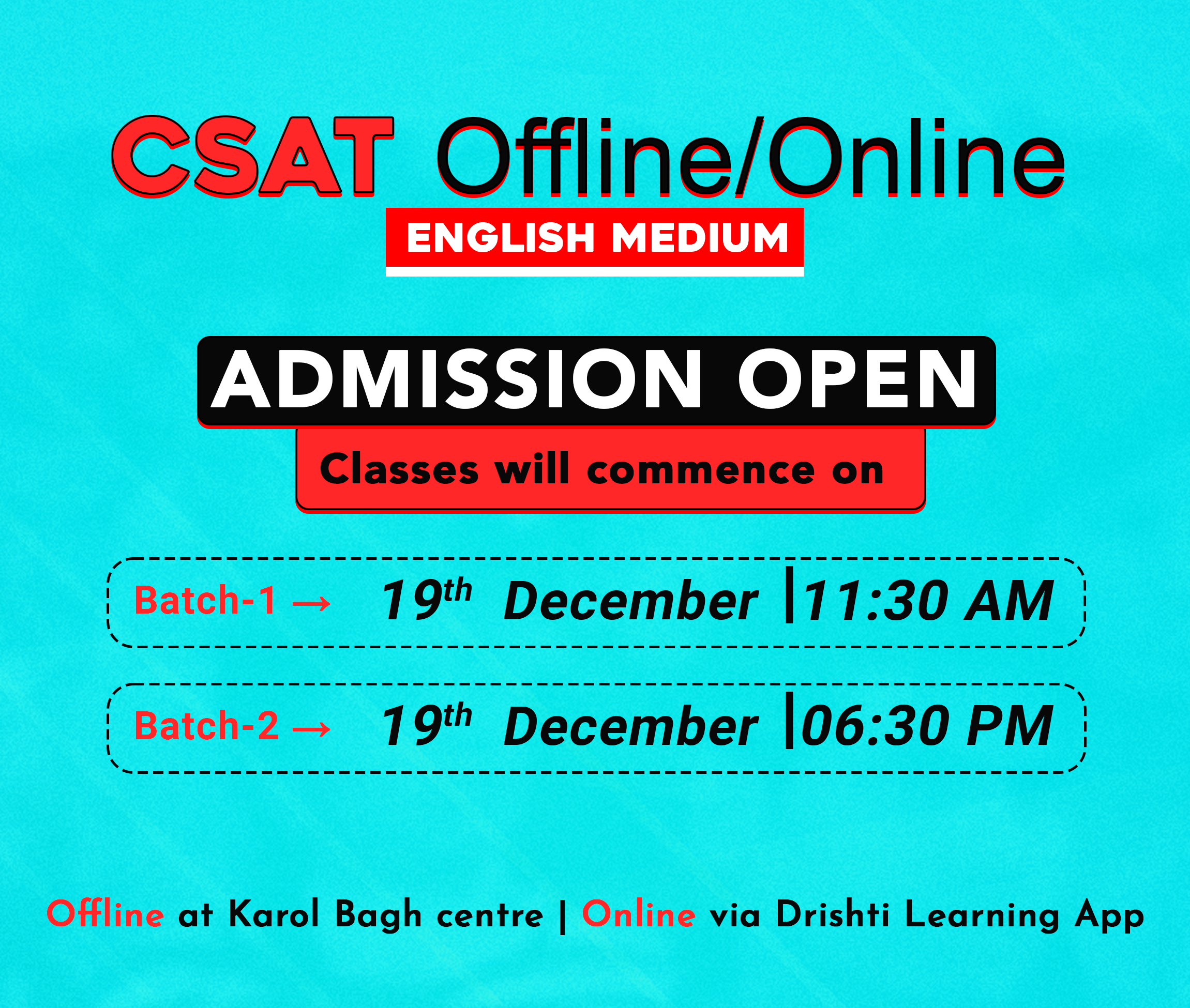
Governance
National Policy of Rare Diseases
For Prelims: National Policy of Rare Diseases, Pradhan Mantri Jan Arogya Yojana, Rare Diseases, Lysosomal Storage Disorders (LSD), Pompe disease, Cystic fibrosis, Muscular dystrophy, Spina bifida, Haemophilia
For Mains: Initiatives Related to Universal Health Coverage in India.
Why in News?
Recently, a Rajya Sabha Member of Parliament (MP) raised concerns over National Policy of Rare Diseases (NPRD) as it did not reach any patient with rare diseases even after several months since its introduction.
What is NPRD?
- About:
- Ministry of Health and Family Welfare formulated launched NPRD in 2021 for the treatment of rare disease patients.
- Aim:
- To increase focus on indigenous research and local production of medicines.
- To lower the cost of treatment of rare diseases.
- To screen and detect rare diseases early at early stages, which will in turn help in their prevention.
- Key Provisions of the Policy:
- Categorization:
- Group 1: Disorders amenable to one-time curative treatment.
- Group 2: Those requiring long term or lifelong treatment.
- Group 3: Diseases for which definitive treatment is available but challenges are to make optimal patient selection for benefit, very high cost and lifelong therapy.
- Financial Support:
- Those who are suffering from rare diseases listed under Group 1 will have the financial support of up to Rs. 20 lakh under the umbrella scheme of Rashtriya Arogya Nidhi.
- Rashtriya Arogya Nidhi provides for financial assistance to patients, living Below Poverty Line (BPL) and who are suffering from major life-threatening diseases, to receive medical treatment at any of the super specialty Government hospitals / institutes.
- Beneficiaries for such financial assistance would not be limited to BPL families, but extended to about 40% of the population, who are eligible as per norms of Pradhan Mantri Jan Arogya Yojana, for their treatment in Government tertiary hospitals only.
- Rashtriya Arogya Nidhi provides for financial assistance to patients, living Below Poverty Line (BPL) and who are suffering from major life-threatening diseases, to receive medical treatment at any of the super specialty Government hospitals / institutes.
- Those who are suffering from rare diseases listed under Group 1 will have the financial support of up to Rs. 20 lakh under the umbrella scheme of Rashtriya Arogya Nidhi.
- Alternate Funding:
- This includes voluntary crowdfunding treatment by setting up a digital platform for voluntary individual contribution and corporate donors to voluntarily contribute to the treatment cost of patients of rare diseases.
- Centres of Excellence:
- The policy aims to strengthen tertiary health care facilities for prevention and treatment of rare diseases through designating eight health facilities as 'Centres of Excellence' and these will also be provided one-time financial support of up to Rs. 5 crore for upgradation of diagnostics facilities.
- National Registry:
- A national hospital-based registry of rare diseases will be created to ensure adequate data and comprehensive definitions of such diseases are available for those interested in research and development.
- Categorization:
What are Rare Diseases?
- There are 6,000-8,000 classified rare diseases, but less than 5% have therapies available to treat them.
- Example: Lysosomal Storage Disorders (LSD), Pompe disease, cystic fibrosis, muscular dystrophy, spina bifida, haemophilia etc.
- About 95% rare diseases have no approved treatment and less than 1 in 10 patients receive disease-specific treatment.
- 80% of these diseases have genetic origins.
- These diseases have differing definitions in various countries and range from those that are prevalent in 1 in 10,000 of the population to 6 per 10,000.
- However broadly, a ‘rare disease’ is defined as a health condition of low prevalence that affects a small number of people when compared with other prevalent diseases in the general population. Many cases of rare diseases may be serious, chronic and life-threatening.
- India has close to 50-100 million people affected by rare diseases or disorders, the policy report said almost 80% of these rare condition patients are children and a leading cause for most of them not reaching adulthood is due to the high morbidity and mortality rates of these life-threatening diseases.
UPSC Civil Services Examination, Previous Year Questions (PYQs)
Prelims
Q. With reference to Ayushman Bharat Digital Mission, consider the following statements: (2022)
- Private and public hospitals must adopt it.
- As it aims to achieve universal, health coverage, every citizen of India should be part of it ultimately.
- It has seamless portability across the country.
Which of the statements given above is/are correct?
(a) 1 and 2 only
(b) 3 only
(c) 1 and 3 only
(d) 1, 2 and 3
Ans: (d)
Exp:
- Under this mission, citizens will be able to get their Ayushman Bharat health account number, which can be linked to their digital health records. Ayushman Bharat is a flagship scheme of the country, which was launched as per the recommendation of National Health Policy 2017 to achieve the vision of Universal Health Coverage (UHC). Hence, statement 2 is correct.
- It aims to provide digital health IDs to all Indian citizens to help hospitals, insurance firms and citizens access health records electronically when required. It will be provided to every citizen which will also act as their health account. This health account will contain details of each test, each disease, doctor's appointment, medicines taken and diagnosis.
- Health ID is free and voluntary. It will help in analysing health data and ensure better planning, budgeting and implementation of health programmes.
- It is portable, which means the beneficiary can avail treatment in any of the states that have implemented the scheme. Hence, statement 3 is correct.
- It leverages capacities available in both public and private sector hospitals, while providing standardised high-quality care, with strong fraud protection mechanisms. Hence, statement 1 is correct.
- Therefore, option (d) is correct.
Mains
Q. Appropriate local community-level healthcare intervention is a prerequisite to achieve ‘Health for All’ in India. Explain. (2018)

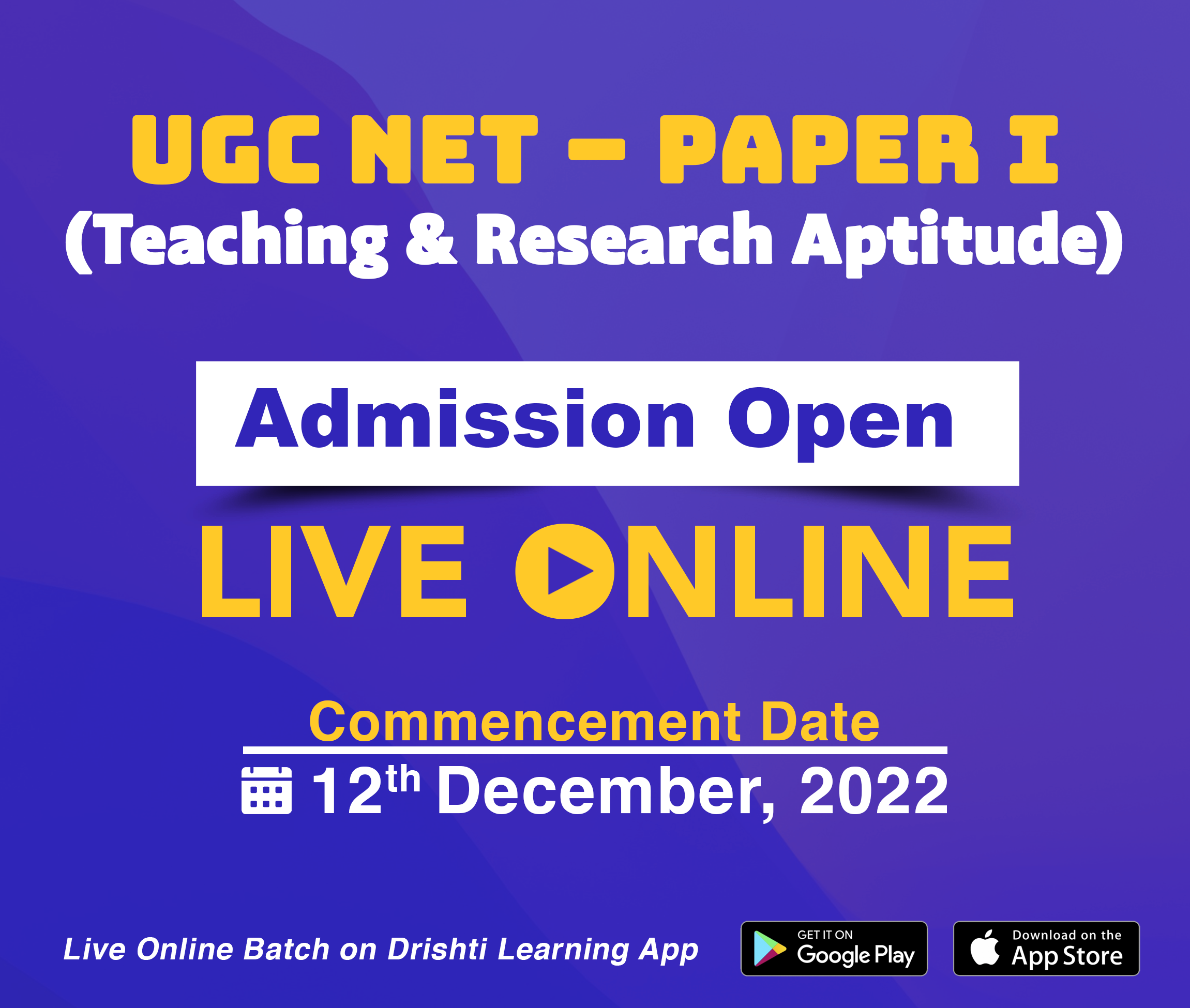
Social Justice
Poor State of Undertrials
Prelims: Supreme Court, Lok Adalat, Law Commission, NCRB, Prison Reforms.
Mains: Poor State of Undertrials and Prison Reforms.
Why in News?
Recently, the Indian President has raised the issue of the plight of a large number of undertrials holed up in the prisons.
What are the Undertrials?
- An undertrial is a person who is currently on trial or who is imprisoned on remand whilst awaiting trial or a person who is on a trial in a court of law.
- The 78th Report of Law Commission also includes a person who is in judicial custody on remand during investigation in the definition of an ‘undertrial’.
What is the Status of Undertrials in India?
- As per NCRB (National Crime Report Bureau), over the last 10 years, the number of undertrials in jails has risen constantly and peaked in 2021.
- In 2020, about 76% of all prison inmates in the country were undertrials, of which about 68% were either illiterate or school dropouts.
- Delhi and Jammu and Kashmir (J&K) were found to have the highest ratio of undertrials in jails at 91%, followed by Bihar and Punjab at 85%, and Odisha at 83%.
- About 27% of all undertrials were found to be illiterate, and 41% had dropped out before Class X.
What are the Concerns?
- Resourceless Prisoners:
- There are many poor and resourceless undertrials who continue to be disproportionately arrested, routinely remanded to judicial custody in prisons.
- They are unable to seek and secure bail either because of lack of economic resources or because of fear of the social stigma outside.
- Violence and Abuses in jail:
- Prisons are often dangerous places for those they hold. Group violence is also endemic and riots are common.
- Physical mishandling and extra-judicial torture by jail officials are ussually seen in India.
- No conduct of the prison authority is criminalized, making authority act in negligence which could and do result in the death of inmates.
- Health problems:
- Most of the prisons face problems of overcrowding and shortage of adequate space to lodge prisoners in safe and healthy conditions.
- People are cramped in with each other in unhealthy conditions, infectious and communicable diseases spread easily. Example: Spread of Tuberculosis (TB).
- Suffering of the Families and Social Stigma:
- Many a time the family of the prisoner is forced into poverty with children going astray.
- The family also faces social stigma and social exclusion, leading to circumstances propelling family towards delinquency and exploitation by others.
- The privileged class often take advantage of this situation to exploit the remaining family members to the fullest possible extent. This can take the form of rape or forced prostitution.
What is the Constitutional protection for Undertrials?
- State Subject:
- 'Prisons/persons detained therein' is a State subject under Entry 4 of List II of the Seventh Schedule to the Constitution of India.
- Administration and management of prisons is the responsibility of respective State Governments.
- However, the Ministry of Home Affairs provides regular guidance and advice to States and UTs on various issues concerning prisons and prison inmates.
- Article 39A:
- Article 39A of the Constitution directs the State to ensure that the operation of the legal system promotes justice on a basis of equal opportunity and shall, in particular, provide free legal aid by suitable legislation or schemes or in any other way, to ensure that opportunities for securing justice are not denied to any citizen by reason of economic or other disabilities.
- Right to free legal aid or free legal service is an essential fundamental right guaranteed by the Constitution.
- Article 21:
- It forms the basis of reasonable, fair and just liberty under Article 21 of the Constitution of India, which says, “No person shall be deprived of his life or personal liberty except according to procedure established by law”.
What are the Recommendations of Prison Reforms?
- The Supreme Court appointed Justice Amitava Roy (retd.) Committee, which has given the following recommendations to reform prisons.
- For Overcrowding:
- Speedy Trial: Speedy trial remains one of the best ways to remedy the unwarranted phenomenon of overcrowding.
- Lawyer to Prisoner Ratio: There should be at least one lawyer for every 30 prisoners, which is not the case at present.
- Special Courts: Special fast-track courts should be set up to deal exclusively with petty offences which have been pending for more than five years.
- Further, accused persons who are charged with petty offences and those granted bail, but who are unable to arrange surety should be released on a Personal Recognizance (PR) Bond.
- Avoid Adjournment: An adjournment should not be granted in cases where witnesses are present and the concept of plea bargaining, in which the accused admits guilt for a lesser sentence, should be promoted.
- For Prisoners:
- Accommodative Transition: Every new prisoner should be allowed a free phone call a day to his family members to see him through his first week in jail.
- Legal Aid: Providing effective legal aid to prisoners and taking steps to provide vocational skills and education to prisoners.
- Use of ICT: Use of video-conferencing for trial.
- Alternatives: The courts may be asked to use their "discretionary powers" and award sentences like "fine and admonition" if possible, instead of sending the offenders to jails.
- Further, courts may be encouraged to release offenders on probation at pre-trial stage or after trial in deserving cases.
- For Overcrowding:
- In 2017, the Law Commission of India had recommended that undertrials who have completed a third of their maximum sentence for offences attracting up to seven years of imprisonment be released on bail.
Way Forward
- The Undertrials are victims of multiple failings that start with inappropriate criminalization, followed by indiscriminate arrests, weak bail entitlements and inadequate summary disposals through Lok Adalats.
- The need is for a holistic legislative reform that aims to expand the horizons of individual liberties.
- Provisions of Section 167 of the CrPC with regard to the time limit for police investigation in case of accused undertrial prisoners, should be strictly followed both the police and courts.
- Automatic extension of remands has to stop which are also given merely for the sake of the convenience of the authorities. Mere convenience of the authorities cannot supersede the Constitutional guarantees under Article 21.
- The emphasis should be on reducing undertrial population, by implementing the amended statutory provisions, judicial decisions regarding rights of undertrials, arrests and grant of bails, and the recommendations of various committees on prison reforms.
- Prisoners should be provided with better facilities than convicts, including food, clothing, water, medical facilities, sanitation, recreation and communication with relatives and lawyers.

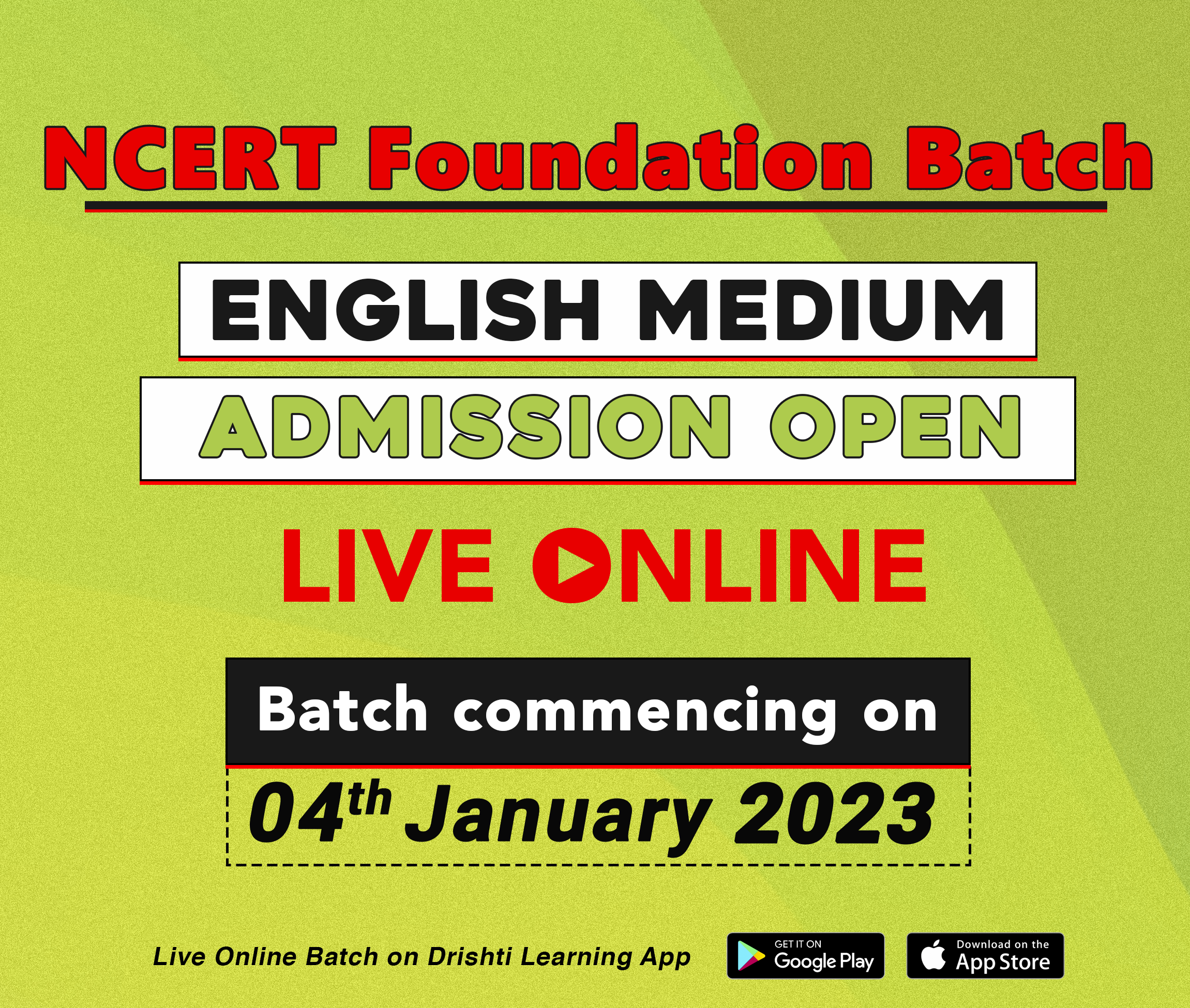
Governance
17th Asia Pacific Regional Meeting
For Prelims: Asia Pacific Regional Meeting (APRM), International Labour Organization (ILO), Labour Codes, E-Shram portal, Employees' State Insurance Scheme (ESIC)
For Mains: Framework Regarding Labours in India, Grey Areas Related to the Current Labour Reforms and the Suggestions
Why in News?
- Recently, the 17th Asia Pacific Regional Meeting (APRM) of the International Labour Organization (ILO) was held in Singapore.
What are the Key Highlights of the Meeting?
- It brings together representatives of governments, employers' and workers' organizations from Asia, the Pacific and the Arab states.
- The four key thematic areas of the 17th APRM included:
- Integrated policy agenda for a human-centred recovery that is inclusive, sustainable and resilient
- Institutional framework to support transitions towards formality and decent work
- Strong foundations for social and employment protection and resilience
- Revitalizing productivity growth and skills for more and better jobs
- The meeting concluded with the launch of ‘Singapore Statement’.
- The statement represents a shared vision of the region’s priorities for national action among the ILO constituents and with ILO support in the coming years.
- The statement highlights the need to ratify ILO fundamental conventions and further strengthen the capacities of government, employer and worker representatives to carry out effective social dialogue.
- It calls for action to close gender gaps and encourages ILO member countries to consider the ratification and effective implementation of related international labour standards, accelerate the transition from the informal to formal economy as well as strengthen governance frameworks to protect the rights of migrant workers.
- The Statement furthermore confirms the commitment of governments and social partners across the regions to engage in consultations towards the development of a Global Social Justice Coalition.
- It also calls for a just transition that helps build environmentally sustainable economies and societies in the face of climate change.
What are the Points of Criticism for India?
- Regrading Labour Policy:
- India’s new labour codes violate the tripartite agreements between workers, employers and the government and give a free hand to employers as the power of inspection has been left with employers through the new codes.
- Other Concerns:
- Declining productivity growth has a negative impact on workers, on the sustainability of enterprises particularly Micro, Small and Medium-sized Enterprises (MSMEs), on economies, and on communities.
- India has the largest youth population in the world and the country is observing a technological and entrepreneurial boom with start-ups and small businesses mushrooming across the country. However, 90% of the workforce belongs to the unorganised sector and there are persistent challenges of low-paid jobs and poor working conditions.
What are the Suggestions for India?
- New Social Contract:
- A contract with governments and employers and particularly at the national level.
- It should be based on the availability of decent jobs for all, respect of rights for all, fair wages including minimum wage, adequate and easily available social protection, respect for equality, inclusiveness and no forms of any discrimination.
- Enhancement of Productivity:
- Enhancing productivity will be critical to economic growth, full and productive employment and decent work.
- Recognising persisting skills challenges and that effective and demand-driven skills development and lifelong learning benefit governments, employers and workers by advancing and promoting employability, sustainable development, productivity growth and economic prosperity.
- Digital skills, core skills, entrepreneurial skills and soft skills should be better harnessed.
- Identification of Workers in Unorganised Sector:
- For ensuring the development of all, measures, like identifying workers in the unorganised sector and prioritising their needs through platforms like the E-Shram portal and extending health coverage through Employees' State Insurance Scheme (ESIC), are measures to extend universal social security that is leading to reduction in inequality.
- About 29 crore unorganised sector workers have been registered on the E-Shram portal in the country, till date.
- For ensuring the development of all, measures, like identifying workers in the unorganised sector and prioritising their needs through platforms like the E-Shram portal and extending health coverage through Employees' State Insurance Scheme (ESIC), are measures to extend universal social security that is leading to reduction in inequality.
What is International Labour Organization?
- Established in 1919 by the Treaty of Versailles as an affiliated agency of the League of Nations.
- ILO is the only tripartite U.N. agency with government, employer, and worker representatives.
- It brings together governments, employers and workers of 187 member States, to set labour standards, develop policies and devise programmes promoting decent work for all women and men.
- Headquarters: Geneva, Switzerland.
- Reports:
- Global Wage Report
- World Employment and Social Outlook
- World Social Protection Report
- Social Dialogue Report
UPSC Civil Services Examination, Previous Year Questions (PYQs)
Prelims
Q. Consider the following statements: (2017)
- The Factories Act, 1881 was passed with a view to fix the wages of industrial workers and to allow the workers to form trade unions.
- N.M. Lokhande was a pioneer in organizing the labour movement in British India.
Which of the above statements is/are correct?
(a) 1 only
(b) 2 only
(c) Both 1 and 2
(d) Neither 1 nor 2
Ans: (b)
Exp:
- The first Indian Factories Act of 1881 only provided for the regulation of children below 12 years of age in factories and was meant to apply only to those factories employing 100 or more people and using mechanical power. Hence, statement 1 is not correct.
- Narayan Meghaji Lokhande was a co-worker of Mahatma Jotiba Phule and was a pioneer in organization of the labour movement during the colonial era. He organized various conferences and led a signature campaign for labour reforms. He was the first to work towards modern trade unionism in India. Hence, statement 2 is correct.
- Therefore, option B is the correct answer.
Q2. In India, which one of the following compiles information on industrial disputes, closures, retrenchments and lay-offs in factories employing workers? (2022)
(a) Central Statistics Office
(b) Department for Promotion of Industry and Internal Trade
(c) Labour Bureau
(d) National Technical Information System Manpower
Ans: (c)
Mains
Q. “Success of ‘Make in India’ programme depends on the success of ‘Skill India’ programme and radical labour reforms.” Discuss with logical arguments. (2015)
Q. ''Economic growth in the recent past has been led by increase in labour productivity.'' Explain this statement. Suggest the growth pattern that will lead to creation of more jobs without compromising labour productivity.” (2022)

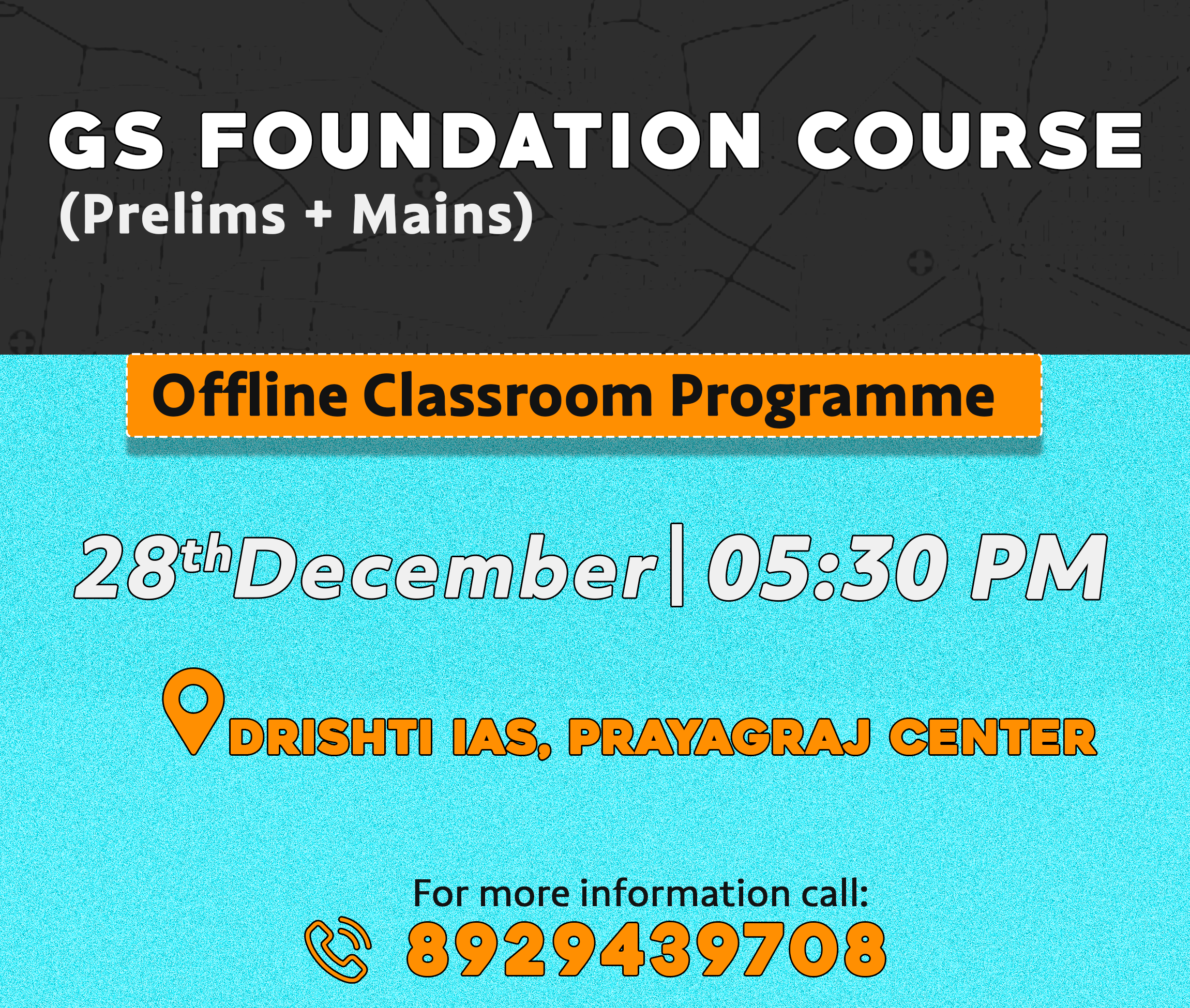
Important Facts For Prelims
Scheme for Providing Quality Education to Madrasas/Minorities
Why in News?
Recently, the Parliamentary Standing Committee on Social Justice and Empowerment has enquired with the Union Government for the delay in approving the continuation of the Scheme for Providing Education to Madrasas/Minorities (SPEMM).
- SPEMM seeks to provide financial assistance to madrasas and minority institutes.
What is SPEMM?
- Implementing Agency:
- The Department of School Education and Literacy under the Ministry of Education.
- Sub-Schemes:
- Scheme for Providing Quality Education in Madrasas (SPQEM): It seeks to bring about qualitative improvement in Madrasas to enable Muslim children attain standards of the National education system in formal education subjects.
- Infrastructure Development of Minority Institutes (IDMI): It has been operationalised to augment Infrastructure in Private Aided/Unaided Minority Schools/Institutions in order to enhance the quality of education to minority children.
- Features:
- SPQEM:
- To provide financial assistance to traditional institutions to encourage them to introduce Science, Mathematics, Social Studies, Hindi and English in their curriculum to attain proficiency.
- To strengthen State Madrasa Boards opting for assistance by enabling them to monitor the Madrasa modernization programme.
- To provide quality components in Madrasas such as remedial teaching, assessment and enhancement of learning outcomes, Rashtriya Avishkar Abhiyan etc.
- IDMI:
- To encourage educational facilities for girls, children with special needs and those who are most deprived educationally amongst the minorities.
- SPQEM:
Note
- Under Article 30 of the Constitution of India, all minorities, whether based on religion or language, shall have the right to establish and administer educational institutions of their choice.
- The protection under Article 30 is confined only to minorities (religious or linguistic) and does not extend to any section of citizens (as under Article 29).
What are Parliamentary Committees?
- About:
- A Parliamentary Committee is a panel of Members of Parliament that is appointed or elected by the House or nominated by the Speaker/Chairman.
- The committee works under the direction of the Speaker/chairman and it presents its report to the House or to the Speaker/chairman.
- Parliamentary Committees have their origins in the British Parliament.
- They draw their authority from Article 105 and Article 118.
- Article 105 deals with the privileges of MPs.
- Article 118 gives Parliament authority to make rules to regulate its procedure and conduct of business.
- Types:
- Standing Committees:
- The Standing Committees are permanent (constituted every year or periodically) and work on a continuous basis.
- Standing Committees can be classified into the following six categories:
- Financial Committees, Departmental Standing Committees, Committees to Inquire, Committees to Scrutinise and Control, Committees Relating to the Day-to-Day Business of the House, House-Keeping Committees or Service Committees.
- Ad Hoc Committees:
- The Ad Hoc Committees are temporary and cease to exist on completion of the task assigned to them.
- They are further subdivided into Inquiry Committees and Advisory Committees.
- The principal Ad hoc Committees are the Select and Joint Committees on Bills.
- Standing Committees:
UPSC Civil Services Examination, Previous Year Questions (PYQs)
Q.1 In India, if a religious sect/community is given the status of a national minority, what special advantages it is entitled to? (2011)
- It can establish and administer exclusive educational institutions.
- The President of India automatically nominates a representative of the community to Lok Sabha.
- It can derive benefits from the Prime Minister’s 15-Point Programme.
Which of the statements given above is/are correct?
(a) 1 only
(b) 2 and 3 only
(c) 1 and 3 only
(d) 1, 2 and 3
Ans: (c)
Q.2 In India, which of the following review the independent regulators in sectors l ike telecommunications, insurance, electricity, etc.? (2019)
- Ad Hoc Committees set up by the Parliament
- Parliamentary Department Related Standing Committees
- Finance Commission
- Financial Sector Legislative Reforms Commission
- NITI Aayog
Select the correct answer using the code given below:
(a) 1 and 2
(b) 1, 3 and 4
(c) 3, 4 and 5
(d) 2 and 5
Ans: (a)
Q.3 With reference to the Parliament of India, which of the following Parliamentary Committees scrutinizes and reports to the House whether the powers to make regulations, rules, sub-rules, by-laws, etc., conferred by the Constitution or delegated by the Parliament are being properly exercised by the Executive within the scope of such delegation? (2018)
(a) Committee on Government Assurances
(b) Committee on Subordinate Legislation
(c) Rules Committee
(d) Business Advisory Committee
Ans: (b)

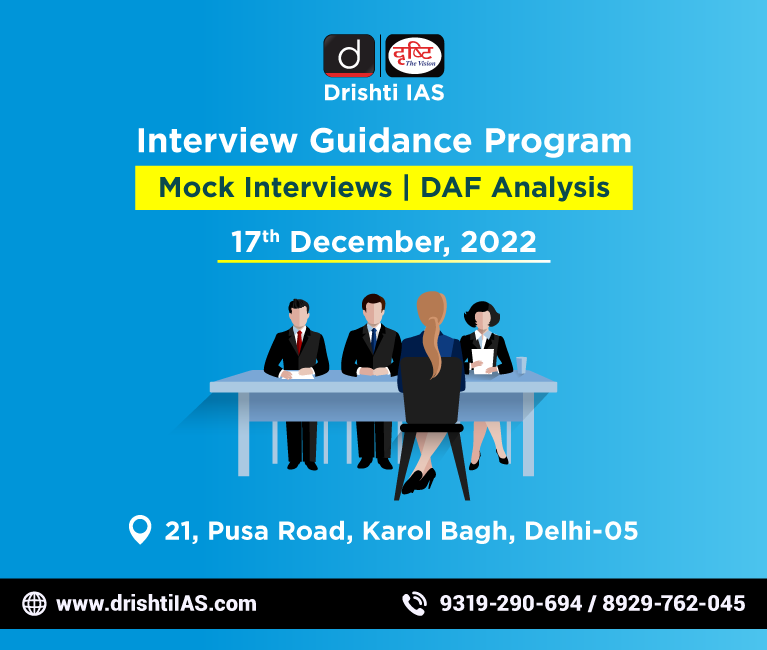
Important Facts For Prelims
Pradhan Mantri Adi Adarsh Gram Yojana
Why in News?
The Union Ministry of Tribal Affairs is now working to develop 36,428 villages with at least 50% tribal population and 500 Scheduled Tribes across the country into ‘model tribal’ villages.
- These efforts were part of the existing Special Central Assistance to Tribal SubScheme (SCA to TSS), which has now been renamed to the Pradhan Mantri Adi Adarsh Gram Yojna (PMAAGY), for implementation from 2021-22 to 2025-26.
What is Pradhan Mantri Adi Adarsh Gram Yojana?
- About:
- It supplements the efforts of State Governments for development and welfare of tribal people by extending Special Central Assistance as an additive to the State Tribal Sub-Plan (TSP).
- It aims at mitigating gaps and providing basic infrastructure in villages with significant tribal population in convergence with funds available under different schemes in Central Scheduled Tribe Component.
- The Scheme is a centrally sponsored scheme with 100% grant from government of India.
- Objectives:
- Preparing Village Development Plan based on the needs, potential, and aspirations.
- Maximizing the coverage of individual/family benefit schemes of the Central / State Governments.
- Improving the infrastructure in vital sectors like health, education, connectivity and livelihood.
- The scheme envisions to mitigate gaps in prominent 8 sectors of development:
- Road connectivity (Internal and Inter village /block)
- Telecom connectivity (Mobile /internet)
- School
- Anganwadi Centres
- Health Sub-Centre
- Drinking water facility
- Drainage
- Solid waste management


Important Facts For Prelims
Dare to Dream Contest
Why in News?
A total of 5,637 applications have been received under three Dare to Dream Contests to promote individual and start-ups for innovation in the area of defence and aerospace in last three years.
What is Dare to Dream Contest?
- It was initiated in memory of the former President of India, Dr APJ Abdul Kalam.
- Defence Research and Development Organisation (DRDO) provides a unique opportunity for start-ups and innovators to solve some key challenges in emerging technologies that can help boost India’s defence & aerospace capabilities.
- DRDO has been launching this Contest every year since 2019 to bring together innovators, entrepreneurs, individuals above 18 years and start-ups.
- Dare to Dream 2.0 and Dare to Dream 3.0 were launched in 2020 and 2021, respectively.
- The selection criteria for evaluation of the entries are completeness of proposal, scientific soundness, design completeness, merit, technological readiness level achieved and innovation.



